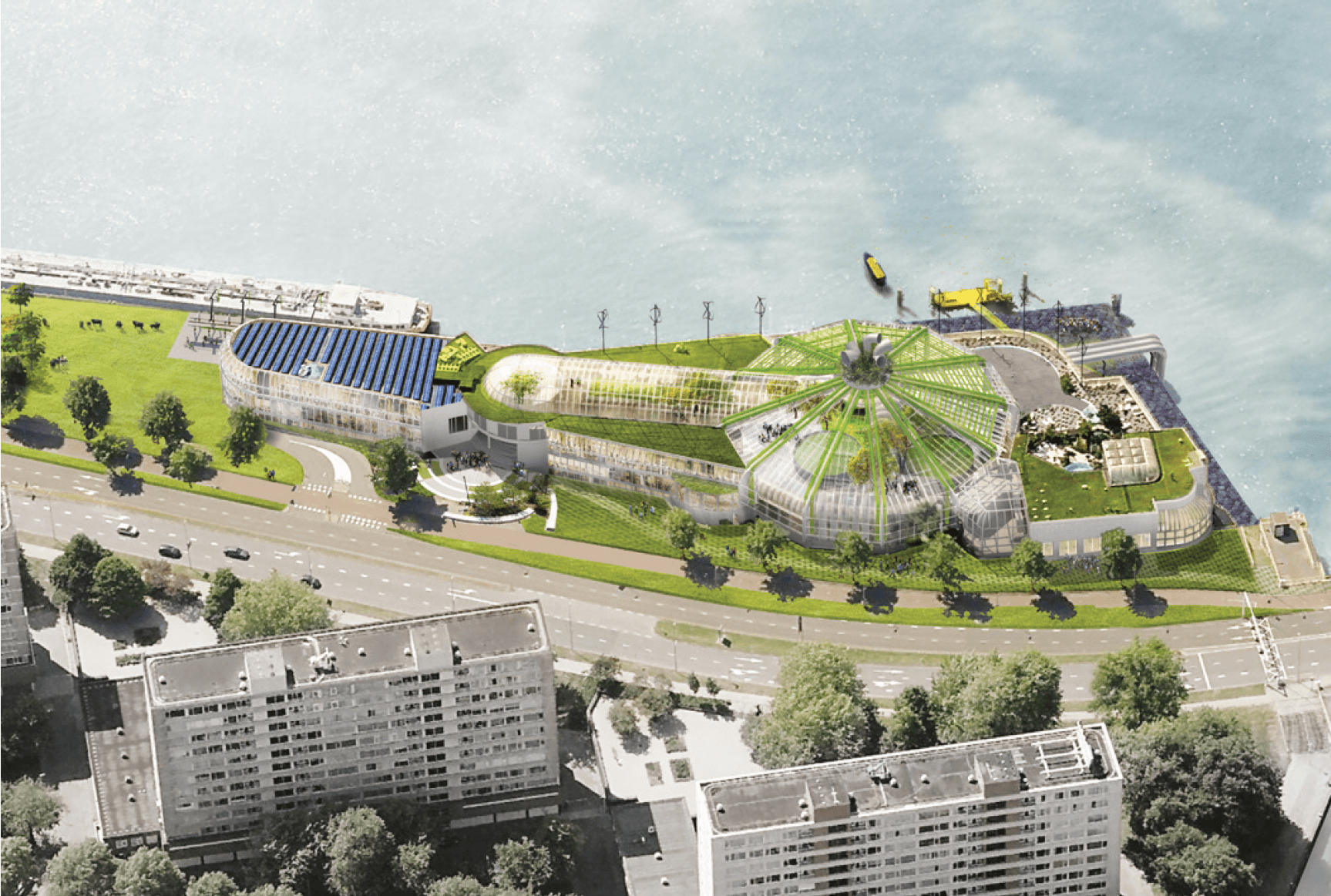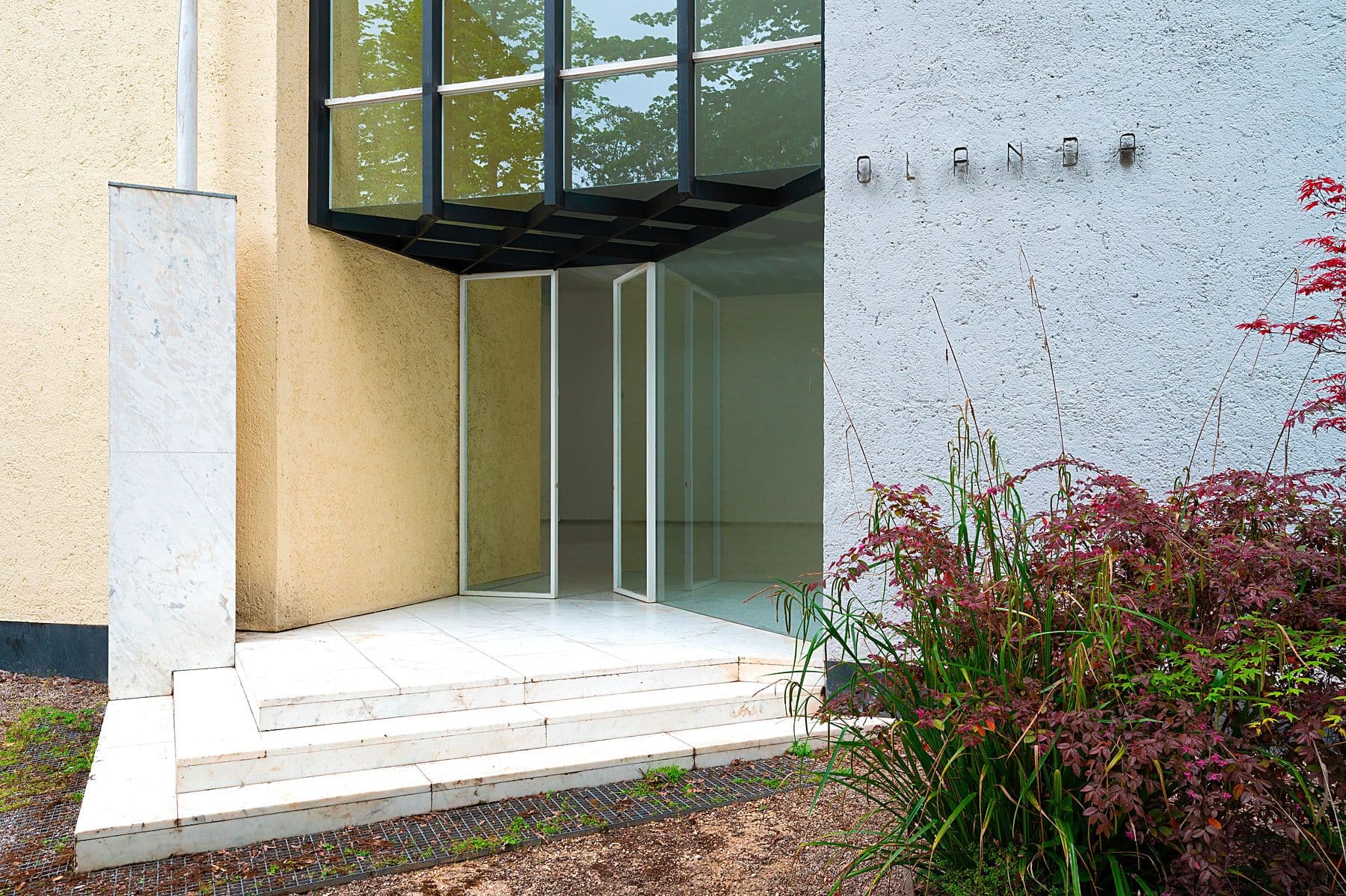Plumbing the System — La Biennale di Venezia 2023
On show from 20 May to 26 November 2023, Plumbing the System, curated by architect and researcher Jan Jongert / Superuse Studios, is the official Dutch contribution to the 18th International Architecture Exhibition – La Biennale di Venezia. Nieuwe Instituut commissions the Dutch pavilion.
In line with the overarching theme, Laboratory of the Future, formulated by curator Lesley Lokko for this year's Biennale, the Dutch pavilion is a testing ground for future-oriented, regenerative and circular design. Together with the Creative Industries Fund NL, the Nieuwe Instituut is also responsible for the parallel programme, The Biennale as Metabolism.
Plumbing the System
Architecture can be seen as an articulation of systems – economic, social, political – that shape the built environment and the flows of people, activities, resources and ecologies that it organises and regulates. These systems, often based on extraction and exploitation, can seem so thoroughly entrenched as to appear immutable. But in order to move towards a more sustainable, regenerative and just future, many of these systems will need to be rethought.
Responding to the Biennale’s Laboratory of the Future theme, the Dutch pavilion aims to show how alternative systems might work on a macro scale, while attempting to enact (and test) real changes on a micro level – in other words, to think globally and act locally.
On the one hand, the pavilion will present The Waterworks of Money, a series of drawings by architect Carlijn Kingma that intricately translates our complex economic framework into a spatial environment using water as a metaphor. By mapping the flows and pipelines of resource distribution, Kingma illustrates the workings of capitalism and its deeply embedded mechanisms that can both hinder and enable change. In following, Kingma has collaborated with leading thinkers in economics to develop and illustrate tangible alternatives or ‘road maps’ that can lead to a more socially and ecologically regenerative economy.
Zooming in, the pavilion then seeks to test a hypothesis of systemic change by implementing change on itself. Continuing with the metaphor of water – and given Venice’s current water challenges – pavilion curator Jan Jongert of Superuse Studios proposes to integrate a low-tech water retention system in the building. Capturing rainfall can not only supply the pavilion’s water needs, but also make the surrounding garden more resilient. Asking the question of whether cultural events can do more than simply discuss, debate and raise awareness of the urgent issues of our times, the pavilion will document and present the process (and, inevitably, the hurdles and challenges) of undertaking this seemingly straightforward task. What is learned, it is hoped, can act as a guide for future change.
Parallel programme: The Biennale as Metabolism
In July 2022, Nieuwe Instituut and the Creative Industries Fund NL launched an open call for the Dutch pavilion’s parallel programme. The call asked architects and landscape architects, urban planners and spatial researchers to respond with proposals that expose the invisible flows of material, waste and labour hidden behind the exhibitions at the Biennale. Mapping and visualising this metabolism could be a first step towards a Biennale that makes a positive, sustainable contribution to Venice’s ecosystem. More information about the selected projects by Onur Can Tepe and Crispijn van Sas, V8 Architects and Ester van de Wiel can be found here.
Since the previous Biennale in 2021, the Nieuwe Instituut has been working closely with the commissioners of pavilions from other countries with the aim of ensuring that the presence of the pavilions will not harm the fragile ecosystem of the city, but have a positive effect on Venice as a liveable city.
Latest news
This project was made possible thanks to:
 Logo Wavin
Logo Wavin


